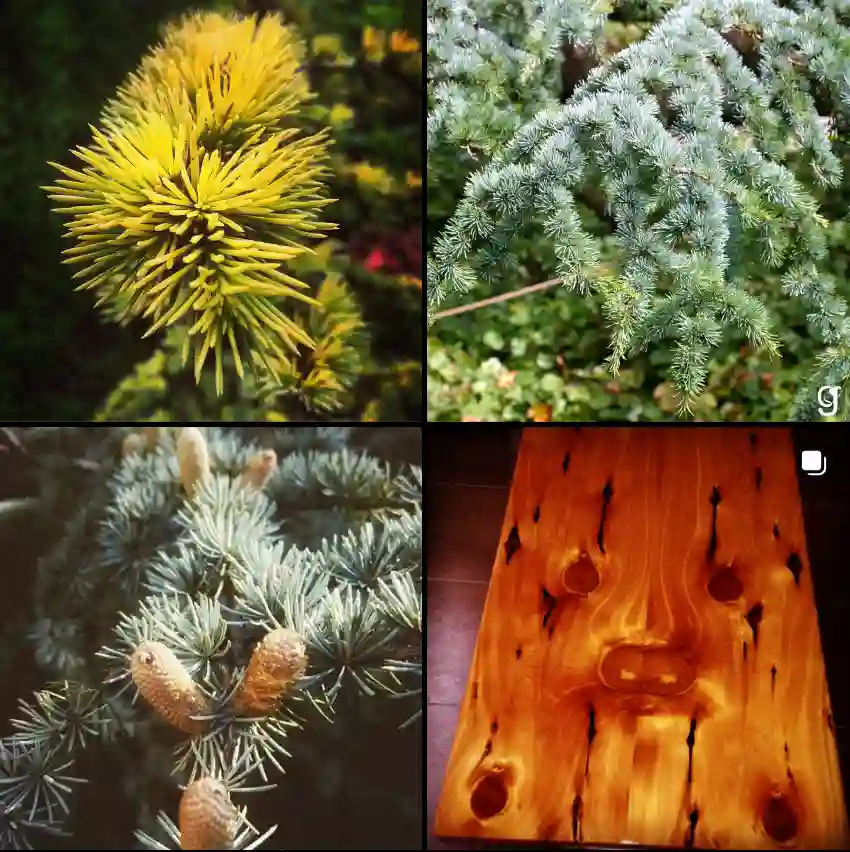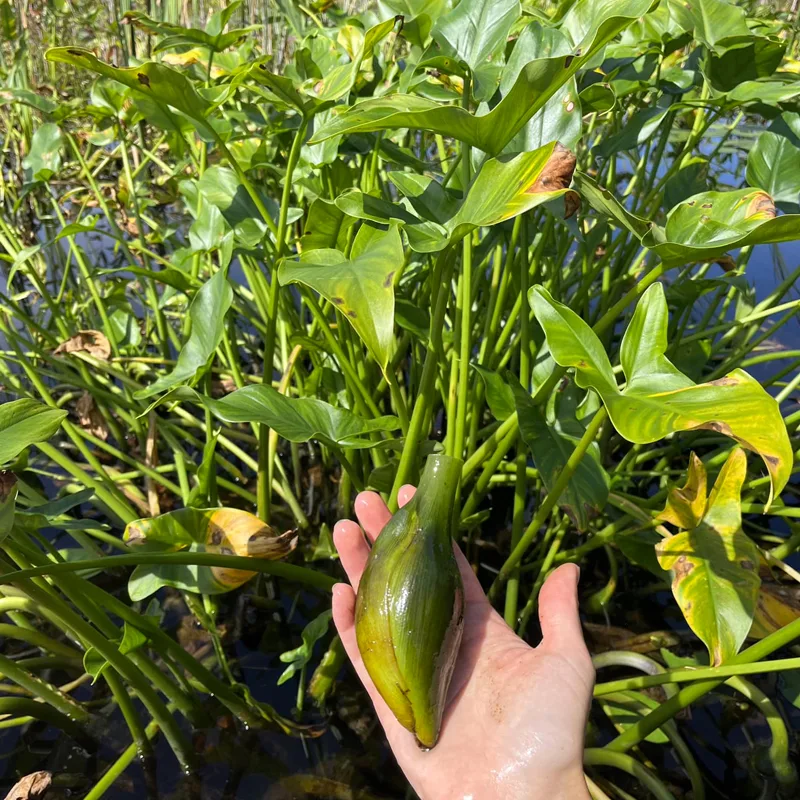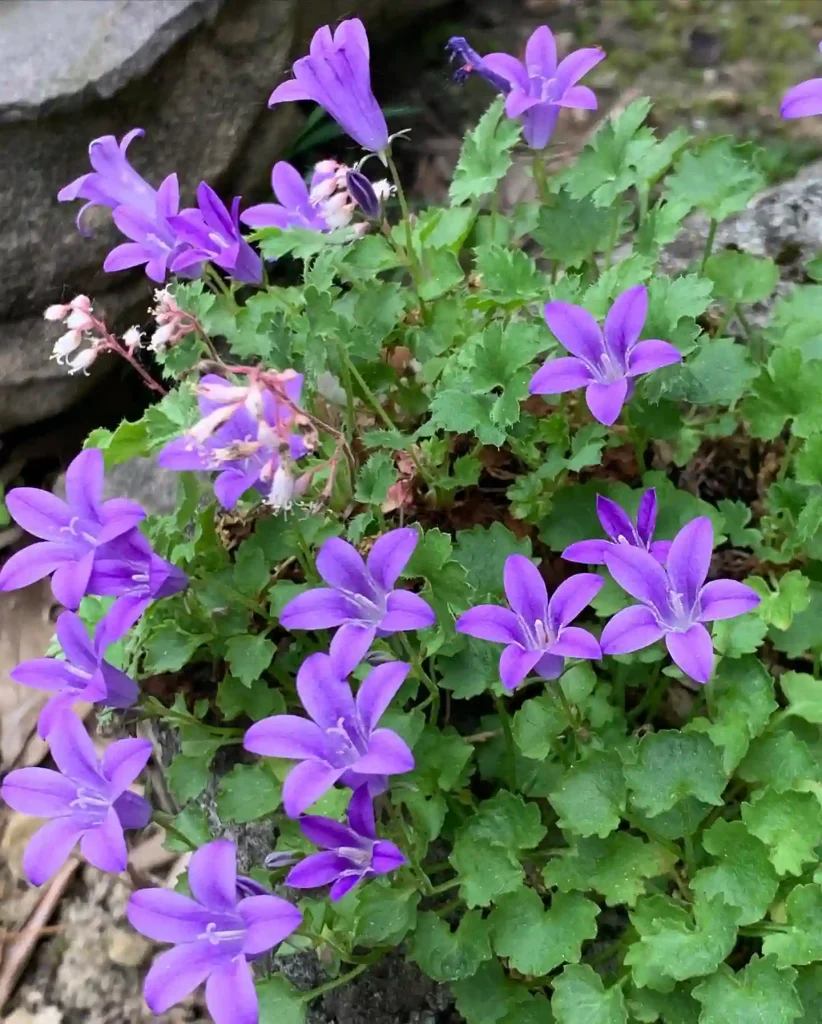Camelina: A Tiny Seed with a Big Future
My name is Ferb Vu, and I’m fascinated by the potential of the Camelina genus. This group of flowering plants, belonging to the Brassicaceae family, has been quietly growing in the shadows of its more famous relatives like canola and mustard. But don’t let its unassuming nature fool you. Camelina, also known as false flax or gold-of-pleasure, holds within its tiny seeds a wealth of possibilities for agriculture, industry, and even human health.
A Diverse Family with a Star Performer
The Camelina genus boasts a variety of species, each with its own unique characteristics.:
- Camelina alyssum is a small, herbaceous plant typically found in arid and semi-arid regions of Eastern Europe and Asia. This annual plant is distinguishable by its small, yellowish flowers and slender, branching stems. It grows well in rocky and sandy soils, often favoring open, sunlit environments. C. alyssum is notable for its resilience and is often studied for its potential in low-water, sustainable agriculture systems.
- Camelina anomala is a lesser-known species with narrow leaves and compact growth. Native to parts of Central Asia, this species is adapted to nutrient-poor soils and survives well in marginal lands where other crops struggle. Though it is not widely cultivated, C. anomala’s hardy nature has sparked interest in exploring its potential for oilseed production in challenging climates.
- Camelina hispida features hairy stems and leaves, which make it distinct among other Camelina species. Native to Central Asia, this species is recognized for its drought tolerance and ability to thrive in disturbed soils. Its seeds contain oil similar to other Camelina species, though C. hispida is not as extensively cultivated. Its hardy traits make it a focus of interest for researchers looking to develop more resilient crop species.
- Camelina laxa is a rare species that is native to Eastern Europe and parts of Asia. It prefers moist habitats, unlike many other Camelina species, and is typically found in wetter meadows and near bodies of water. C. laxa has delicate, slender stems with small, yellow flowers and is distinguished by its adaptability to specific microenvironments, making it a plant of ecological interest.
- Camelina microcarpa is often referred to as “small-seeded false flax” due to its tiny seeds. Native to Europe and Asia, this species has become naturalized in various regions worldwide, where it thrives as a weedy annual in farmlands and disturbed soils. Its rapid growth and adaptability to different soil types make it a suitable candidate for cover cropping and low-maintenance agricultural systems.
- Camelina neglecta is a rare species within the Camelina genus, with limited distribution in specific regions of Eastern Europe and Asia. It is known for its small, inconspicuous flowers and preference for grassy, undisturbed areas. Because of its limited range and specialized habitat, C. neglecta is less commonly studied but remains an important component of local biodiversity in its native areas.
- Camelina rumelica is a robust species, notable for its ability to grow in poor soils across parts of Eastern Europe. This plant exhibits a branching growth habit and small, yellowish flowers, and it has adapted well to dry, nutrient-poor environments. C. rumelica is occasionally considered for its potential as an oilseed crop in regions where conventional crops may not thrive.
- Camelina sativa is the most widely cultivated species in the Camelina genus, known for its use in biofuel production and as a source of edible oil. Often called “false flax” or “gold-of-pleasure,” this species is highly adaptable to various climates and is particularly valued for its high oil content, rich in omega-3 fatty acids. C. sativa’s hardiness and short growth cycle make it an attractive alternative crop for sustainable agriculture and low-input farming systems.
The Promise of Camelina Oil
The oil extracted from Camelina sativa seeds is what truly sets this plant apart. It’s rich in omega-3 fatty acids, particularly alpha-linolenic acid (ALA), which is essential for human health. But the benefits don’t stop there. Camelina oil also contains high levels of vitamin E, a powerful antioxidant, and has a low saturated fat content. This makes it a healthy and sustainable alternative to other vegetable oils.
Beyond its nutritional value, Camelina oil has shown promise in various industrial applications. Its unique composition makes it suitable for use as a biofuel, and it can also be used in the production of lubricants, paints, and even cosmetics.
A Sustainable Crop for the Future
In a world grappling with climate change and the need for sustainable agriculture, Camelina offers a compelling solution. It’s a hardy plant that can thrive in a variety of climates and soil conditions, requiring minimal inputs like water and fertilizers. This makes it an ideal crop for arid and semi-arid regions, where water scarcity is a major concern.
Furthermore, Camelina can be grown as a rotation crop with wheat or other cereals, helping to improve soil health and reduce the need for synthetic fertilizers. Its deep root system helps to break up compacted soil, improving water infiltration and reducing erosion.
Looking Ahead
As research into the Camelina genus continues, we’re likely to uncover even more of its hidden potential. From developing new varieties with improved oil yield and disease resistance to exploring its potential in pharmaceuticals and bioplastics, the future of Camelina looks bright.
I believe that Camelina has the potential to revolutionize various industries and contribute to a more sustainable future. Its versatility, resilience, and nutritional value make it a crop worth watching, and I’m excited to see what the future holds for this remarkable plant.
If i die, water my plants!



